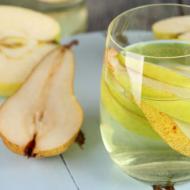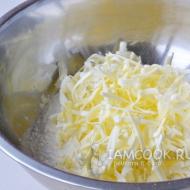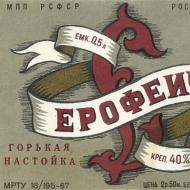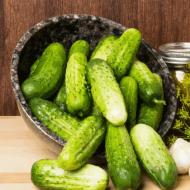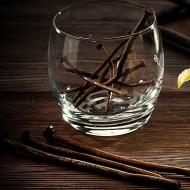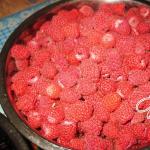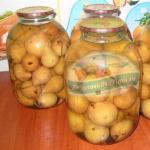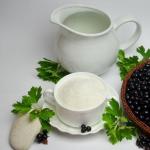
10 types of salt you need to know
Salt varies in taste, size, shape, color and degree of salinity. It all really depends on its origin. It is impossible to cover all the many types of salt, but Anna Maslovskaya, editor of the Food section of The Village, decided to look into the issue and classify the main ones.
Origin
Sea salt is extracted from brine concentrated by the sun, which is formed at the site of areas flooded with salt water. It is scraped off, dried, sometimes recrystallized. Another way to obtain sea salt is freezing. Not evaporating water, but freezing sea water.
Saddle salt is extracted in a similar way to sea salt: by evaporating water from underground salt springs or by evaporating water from salt marshes. In these places, salt water stagnates on the surface of the earth, but it does not come from the sea, but from other sources.
Stone, it is also mineral, salt is mined in mines. It is formed due to the flow of saline springs or, for example, in the place of dried seas. Until recently, along with boiled sea salt, mineral was the most popular in the world.
Salt, depending on the method of its extraction, is then either ground or sieved. Thus, they divide it by caliber: from small to large.
Fine table salt
It's edible salt. As a rule, it has a stone or garden origin. The second option is considered the cleanest. It is obtained by repeated recrystallization of brine and, apart from salt, contains little in itself - white table salt has a purity of at least 97%. While stone can contain a significant amount of impurities that affect the taste. When sieving it, you can find microscopic pieces of clay and stones. In Russia, the largest salt extraction sites are Lake Baskunchak in the Astrakhan Region and Lake Elton in the Volgograd Region.
Table salt has the most pure salty taste, this is both its advantage and disadvantage. The main plus is that it allows you to accurately dose the amount during cooking. Minus - its taste is flat and one-dimensional. Table salt is one of the cheapest types of salt along with mineral salt.
Kosher salt
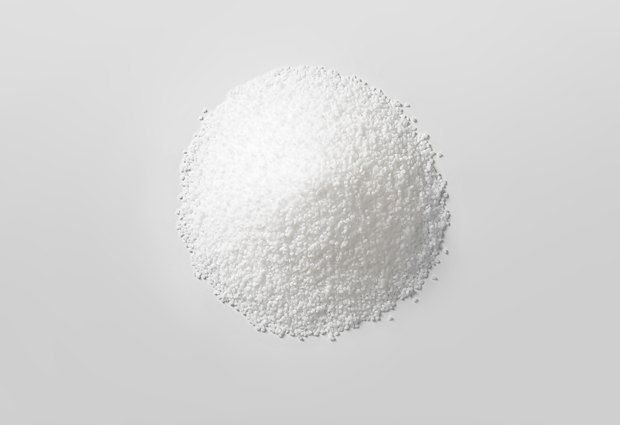
A special case of ordinary table salt. It differs in that the size of its granules is larger than that of ordinary salt, and the shape of the crystals is different. Not cubes, but granules, flat or pyramidal in shape, obtained through a special evaporation process. The shape of the salt makes it easier to feel the amount of salt with your fingers, which is why in America, where this salt is produced in large quantities, it has become an industry standard in professional kitchens. It almost does not differ in taste from ordinary table salt, but there is a nuance: it is never iodized.
Salt is called kosher because it is used for koshering meat, that is, rubbing the carcass to remove any remaining blood.
Rock salt
Iranian blue salt
Cooking edible rock salt grinding No. 1
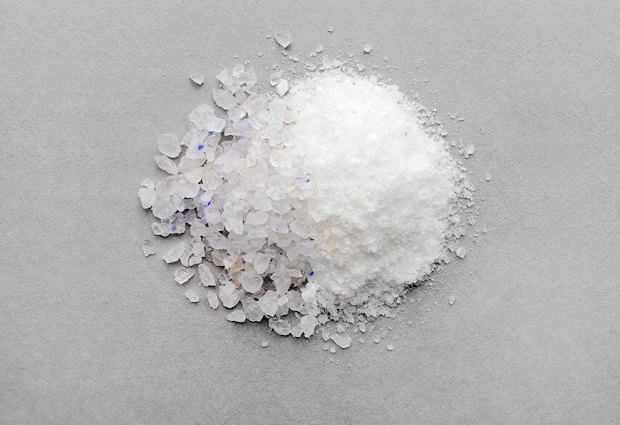
This is a large family, most often under the name of which is meant white table salt, mined by the mine. For example, salt mined in the Artyomovskoye deposit in Ukraine, the supply of which to Russia is now limited due to sanctions. As a rule, it is white, but sometimes it has a slightly gray or yellowish tint. Salts with brighter impurities often take on their own names. For example, black Himalayan salt, which will be discussed below. Rock salt is also used for technical purposes, such as salting a swimming pool or sprinkling a road.
Sea salt
Sea iodized salt from the Adriatic Sea
Hawaiian Sea Salt Black Lava
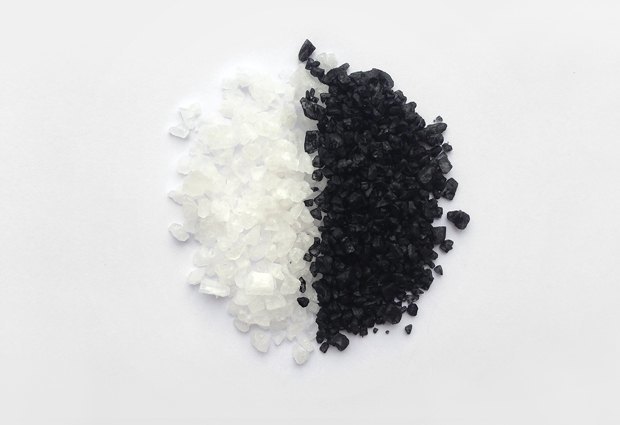
There are many types of it due to its origin. Since all seas are different in chemical profile, this is reflected in the taste and composition of the salt. Sometimes this salt is recrystallized to give pure table salt. Its value is in the variety of tastes and the presence of additional impurities that enrich the taste.
Fleur de sel
Fleur de sel from Lake Reu
Swedish salt flakes
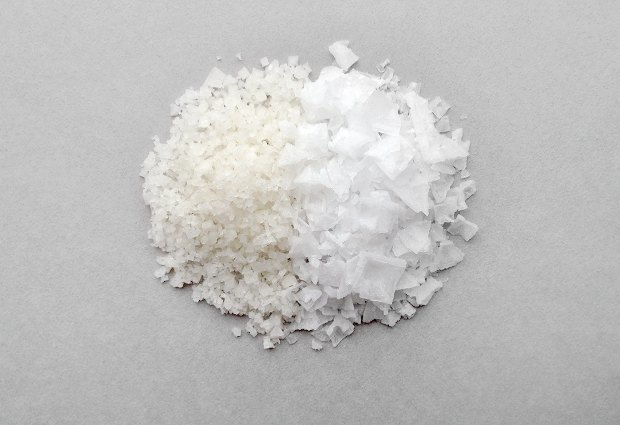
Salt flakes are highly valued by chefs and consumers alike. Depending on the origin, it differs in shape, appearance, humidity and degree of salinity. Its traditional name is fleur de sel. As a rule, this is sea salt, the crystals of which grow on the edges of salt baths, in the process of slow evaporation of water, they grow into beautiful growths, which, as a rule, are harvested by hand at a certain stage of growth. That is, from the same source, you can get both coarse salt and salt flakes.
Salt is mined in the form of flakes in different places in the world, but there are three most famous deposits: salt from the French island of Ryo, Moldonian salt from the south-east of England and salt mined in a large deposit in Portugal.
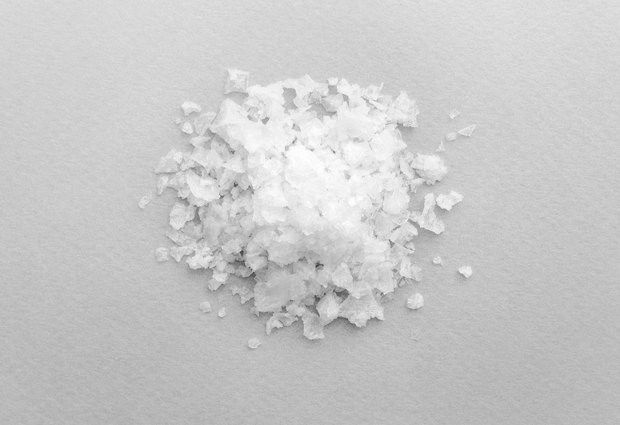
Maldon is a very famous fleur de sel salt mined in the Maldon area of Essex in southeast England since the late 19th century. It is correct to say "Maldon", although "Maldon" has managed to take root in Russia. Moldonian salt is a separate type of salt, which differs from fleur de sel in that its crystals are larger, up to a centimeter. It is also somewhat saltier than the classic fleur de sel. Being sea salt and shaped in the form of flat crystals, it is gentle, creates a pleasant sensation, exploding on the tongue with salty sparks. This makes Moldona salt a versatile finishing agent.
Black Himalayan salt
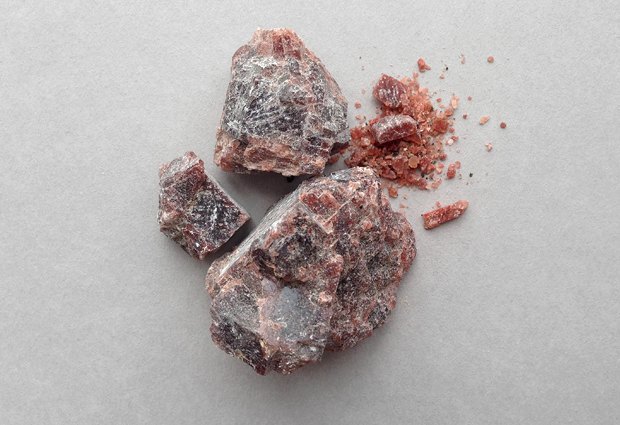
Pink Himalayan salt
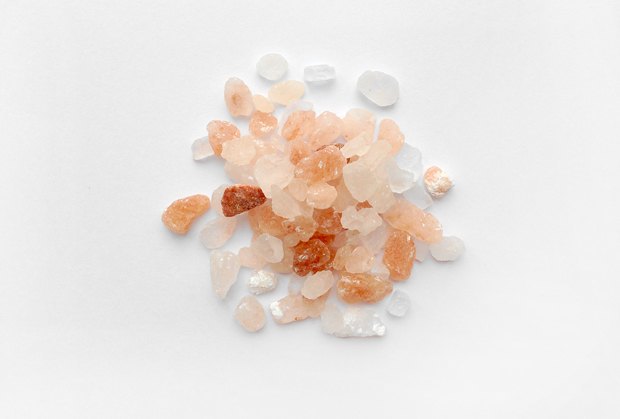
Mineral salt of coarse grinding, the color of which is due to the presence of impurities of potassium chloride and iron oxide. In total, salt contains about 5% of various impurities. It is used in hand mills for finishing dishes, that is, not only for salting dishes, but also for decoration.
Pink Himalayan salt is mined in large blocks, which are then sawn out, in the Punjab region, mainly in the troughs of the Himalayas, in Pakistan and in India. Salt blocks are used even for interior work.
Pink Hawaiian Salt
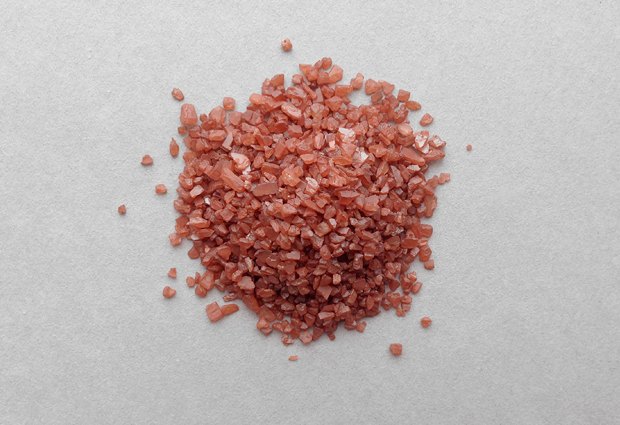
Sedimentary sea salt that was first harvested in Hawaii. Now its main production takes place in California. A bright pink-brown color of medium size salt crystals is given by clay inclusions. An expensive product with a slightly glandular taste. According to some reports, it is considered especially useful. But what you definitely can’t argue with is the fact that she is beautiful, which is why serving dishes is perfect.
Interesting fact
In foreign literature, the term "pink salt" means a special product based on salt with the addition of sodium nitrite, used for the production of meat products.
flavored salts
Black Thursday Salt
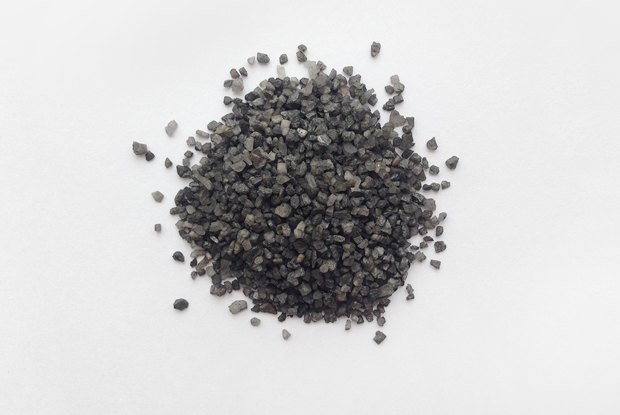
There are many types of aromatic salts, and they are all invented and made by man. Such salt can be of any origin, the main thing in it is a combination of two functions: salting a dish with its flavoring. To do this, additives are placed in the salt or the necessary manipulations are performed on the salt itself, for example, smoking. Additives can be anything: flowers, spices, herbs, berries and even wine.
Thursday salt stands apart on this list, because it is the result of rather complex manipulations. Originally a ritual salt (like pink Hawaiian salt), it is now more commonly used due to its unusual taste. This salt is prepared as follows: table salt is mixed in equal proportions with leavened thick or rye bread soaked in water; put in the oven (sometimes burying in ashes), oven or overheated in a frying pan. After a monolithic piece is split and pounded in a mortar.
Interesting fact
Charcoal salt is used in many culinary traditions, such as in Japan and Korea. Just like Thursday, it is made by human hands. A similar example from Korea is bamboo salt: mOrskaya salt is literally baked in bamboo.

